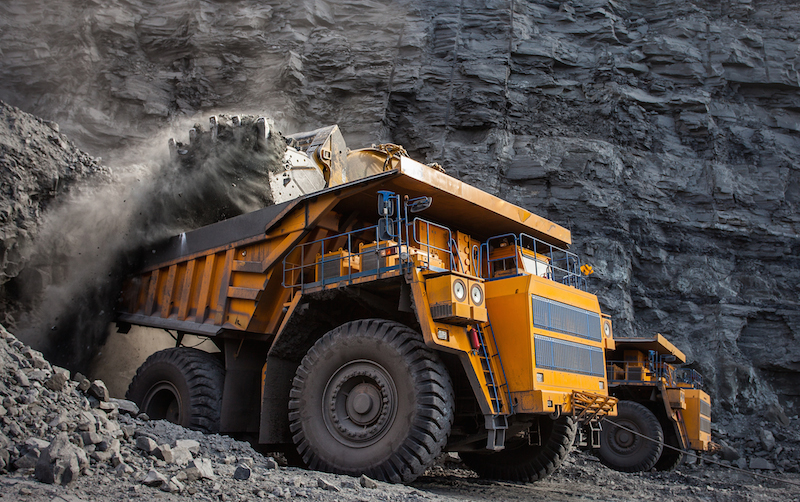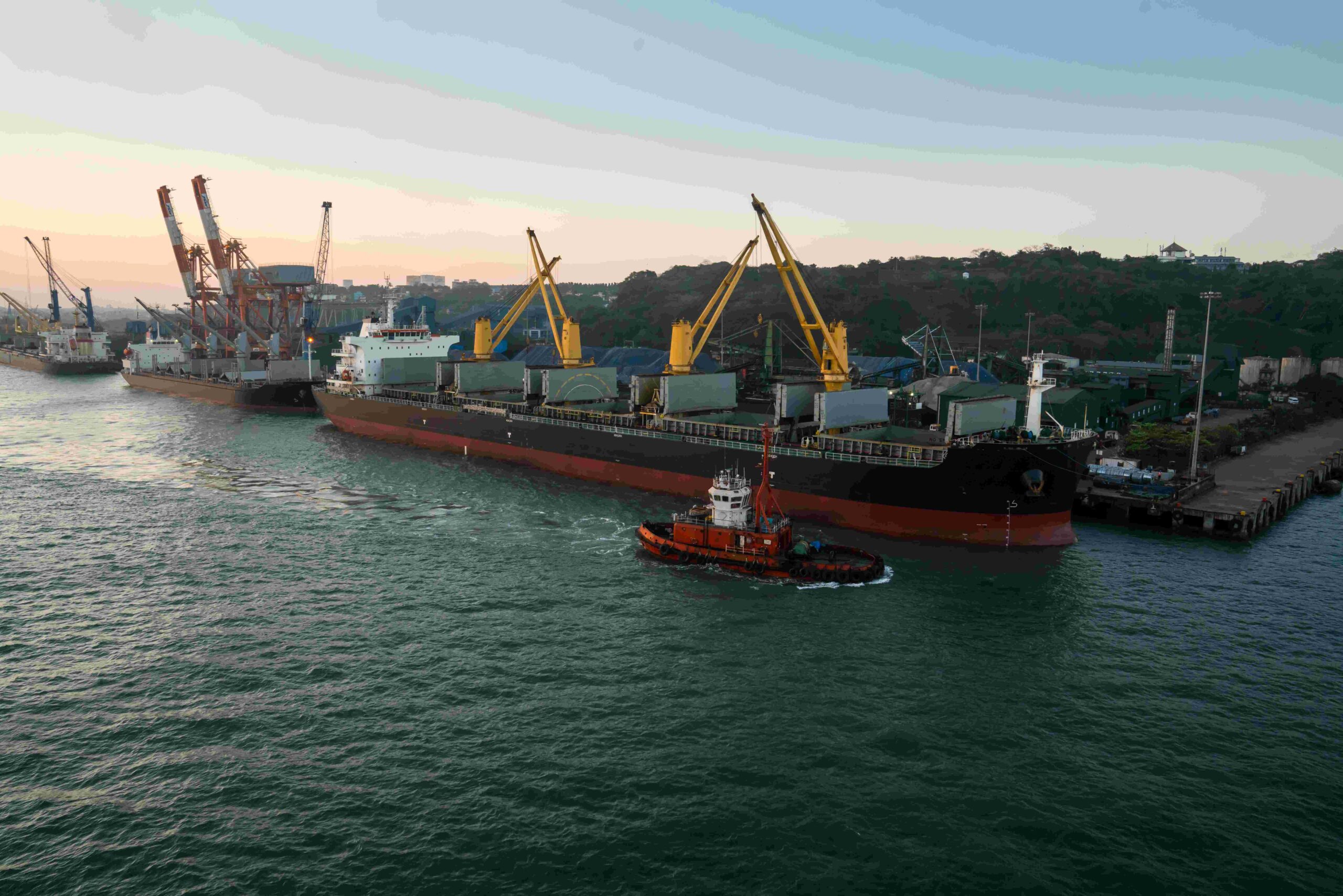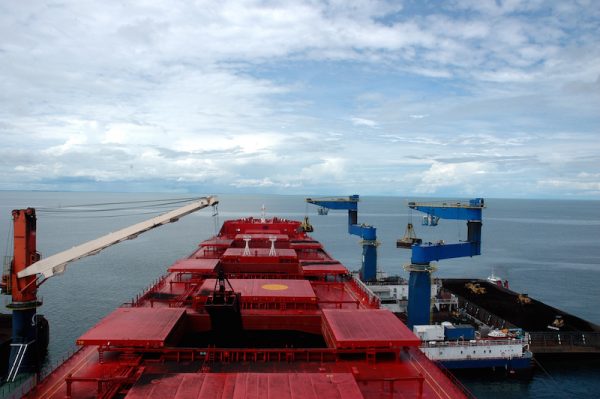

European coal prices spiked to new year-to-date highs this week, driven by strong Asia-Pacific demand and tightening regional supply, although analysts said further gains could be limited.
The front-quarter API 2 contract rose 3.5% on the week to a fresh 14-month high of USD 65.60/t, on a rolling basis, while the front year rose 3.3% to USD 65/t – its highest since mid-January – on Ice Futures.
“The main issue remains the tightness in the Chinese domestic market, supply issues in Australia and Indonesia and more Russian coal heading east,” said a coal analyst with a European energy firm.
She also pointed to looming rail maintenance in South Africa next month, which will limit supplies to the main export port of Richards Bay at a time of depleting inventories.
South African rail operator Transnet Freight Rail postponed its 2020 annual maintenance until early next year in light of the coronavirus pandemic, a company spokesman told Montel in June. The coal line shutdown was rescheduled for 9-18 January.
“The Transnet maintenance [will occur] while Richards Bay stocks are low and Indian demand is still high as Indonesian production is limited,” said a UK-based coal strategist with a utility.
The first analyst also noted the highly-anticipated resumption of coal exports from Colombia’s key producer, Cerrejon – following the end of three-months’ strike action early last week – had been slow.
Cerrejon only resumed production on Tuesday, a company spokesman told Montel.
“We expect to deliver the first train to the port on Wednesday, but it is not certain yet,” he said late on Tuesday. He said operations could only resume after pit and equipment safety checks and training on Covid-19 procedures.
A source close to the situation said the firm may load around 1m tonnes this month, compared with pre-strike levels of more than 2m tonnes/month.
Meanwhile, coal stocks at four key northwest European coal terminals this week slipped further to new 2.5-year lows of 4.6m tonnes.
A source at one terminal said vessel arrivals have been “strong”, but so had reloadings onto barges for shipment to inland plants. “This seems to be the trend now that temperatures are dropping,” he said, adding cargoes were predominantly arriving from Russia, but that there was also the occasional US or Colombian parcel.
The analyst noted Europe had consumed high volumes of coal in recent weeks. “We have low port stocks, which creates some incremental demand as we still have winter months ahead of us,” she added. Nevertheless, analysts said European market was potentially nearing a ceiling, as stronger prices entice more coal to the region. “We don’t see much upside anymore,” said a coal analyst with a European trading firm.
“Most Russian and Colombian coal supply now prices comfortably into Europe again and with subdued demand ongoing, Europe does not really have to fight for the last tonne with Asia,” he said.
Source: Laurence Walker, Montel
Follow on Twitter:
[tfws username=”montelnews” height=”700″ width=”350″ theme=”light” color=”#FAB81E” tweets=”2″ header=”yes” footer=”yes” borders=”yes” scrollbar=”yes” background=”yes”]













